News
Rumen Development
Mature cattle are ruminants and utilize all four of their stomach compartments (rumen, reticulum, omasum, and abomasum) to allow for digestion of fibrous feeds. The digestive system of a newborn calf is very different from a mature animal. Initially, the digestive process is more similar to mono-gastrics (animals with one stomach)...
DCHA Conference Recap
The 2021 Dairy Calf and Heifer Association (DCHA) Annual Conference kicked off April 6th. Producers and industry professionals from across the country were able to come together to learn from each other. This year the conference was also offered virtually and producers from across the globe were able to join in and view the presentation sessions through Zoom....
Life Begins in the Gut
The “gut” and its health are not only critical for digestion, but for life itself. Optimal Calf health begins with a healthy gut. We need to establish a healthy gut microbiome from birth as this will have a profound impact on a calf’s life. Most of their immune system is found in the gut. That’s why gut health is linked to immune health...
Considerations for Choosing and Raising Bottle Calves for Beef
It seems like most of the time when we talk about current research in calf rearing, we are mostly considering heifer calves raised as dairy replacements. Current research also takes much into consideration for raising calves for meat. The University of Guelph recently reported on some great information regarding choosing and raising calves for veal or beef.
Good to Great - Passion
The final good to great quality we will be discussing is passion. Passion is where the rubber meets the road, these are the people with pride in what they do, and it is engraved in their souls. This past week I had the opportunity of visiting with someone very passionate for the agriculture industry, Katharine Lotspeich. Katharine moved with her family, and their dairy cows, from Connecticut to Southern Utah when she was just 3 years old. They were looking forward to the opportunity the west provided for the growth of their dairy operation...





